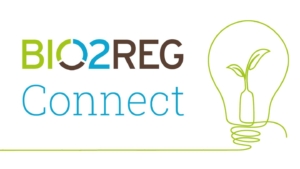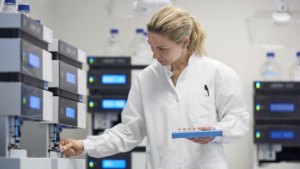
Manufacturing process validation what’s next?
In the last few years, the regulatory landscape overseeing manufacturing process validation has faced major overhauls in two ICH (International Conference on Harmonisation of Technical Requirements for Registration of Pharmaceuticals for Human Use) regions.
After publication of the US-FDA Process Validation Guideline in 2011, the EMA’s Biologics Working Party earlier this year published a draft Guideline on Process Validation for the manufacture of biotechderived active substances. The agency’s Quality Working Party has also released its guideline on process validation, which focuses on finished dosage forms for new chemical entities, and stated that the principles also apply to biologic products. Finally, the EMA’s GMP/GDP Inspectors Working Group recently published its revised Annex 15 of the EU GMP Guidelines for Medicinal Products. As previously outlined in ICH Q7, Q8 and Q11, all of these guidelines contain provisions on validation activities within the context of a product’s life-cycle. Activities can be pursued either in a traditional development setting, using an enhanced/QbD approach, or a mixture of both. Interestingly, the 2013 EMA BWP workshop on process validation revealed that the mixed approach appears to be current best practice for many biotech companies.
One question that is increasingly debated, however, is when exactly a manufacturing process can be regarded as validated from a statutory point of view especially in light of the recently launched breakthrough and adaptive licensing FDA and EMA initiatives aimed at bringing life-saving new drugs to patients in an accelerated manner. In a dynamic global environment, it seems obvious that our industry should use every opportunity to discuss the current challenges facing process validation with relevant representatives from the EMA and FDA.
We should all be striving for a convergence of regulatory guidance in this area. Even more importantly, we need frequent exchange on daily practices from industry experts, reviewers and inspectors living guidelines essential to our business. Open dialogue is the best way to tackle issues like the debate over ongoing vs. continued process verification, or the question of where in the regulatory dossier information can be placed solely for the purpose of transparency, yet not subjected to change control. Frankly, obstacles are often due more to terminology than a fundamental difference in approach. ICH Q12 topic on life-cycle management is more good news: the three focal areas of Q12 will be the regulatory dossier, the Pharmaceutical Quality System (PQS) and enabling tools such as post-approval change management protocols (PACMPs). Process validation is a prominent activity due to benefit significantly from a clarification of what constitutes regulatory binding and non-binding information in a submission, how exactly the PQS can act as a link to the daily GMP routine, and how PACMPs can be a support. So let’s continue the constructive dialogue. The patients deserve it.
Markus Goese
currently acts as the EMA Liaison at Roche Pharma Global Technical Operations. He is also the Chair of the EBE BioManufacturing Working Group. The EBE (European Biopharmaceutical Enterprises) works to support a regulatory and financial environment that encourages the development of novel biopharmaceutical products. Within the organisation, the BioManufacturing Working group provides a forum for industry experts to develop best practices and to interact with regulators on all CMC and quality issues.


 BIOCOM / aminul788 - Adobe Stock
BIOCOM / aminul788 - Adobe Stock Bayer Co.Lab
Bayer Co.Lab